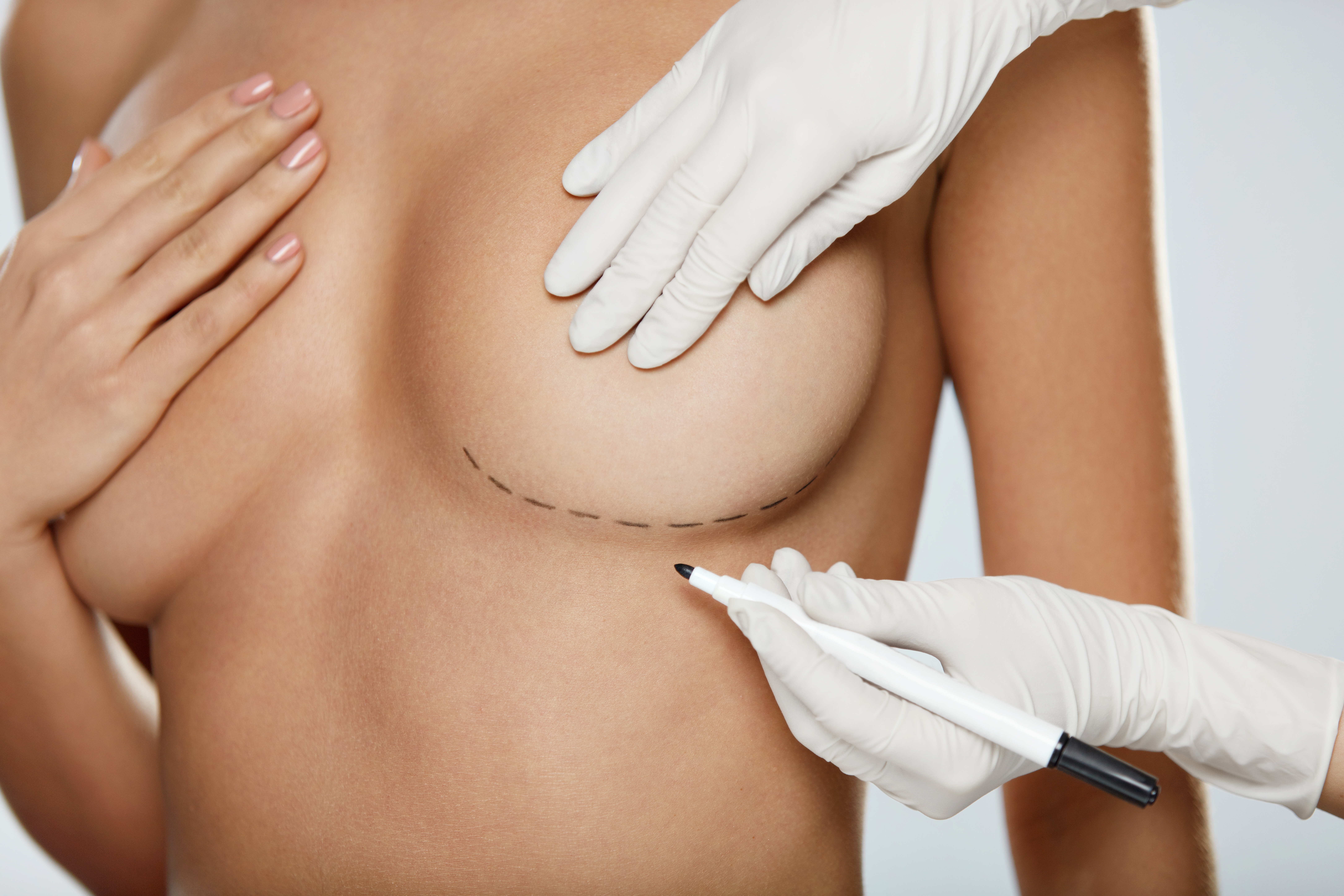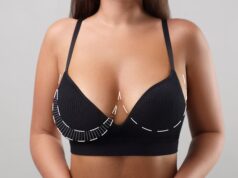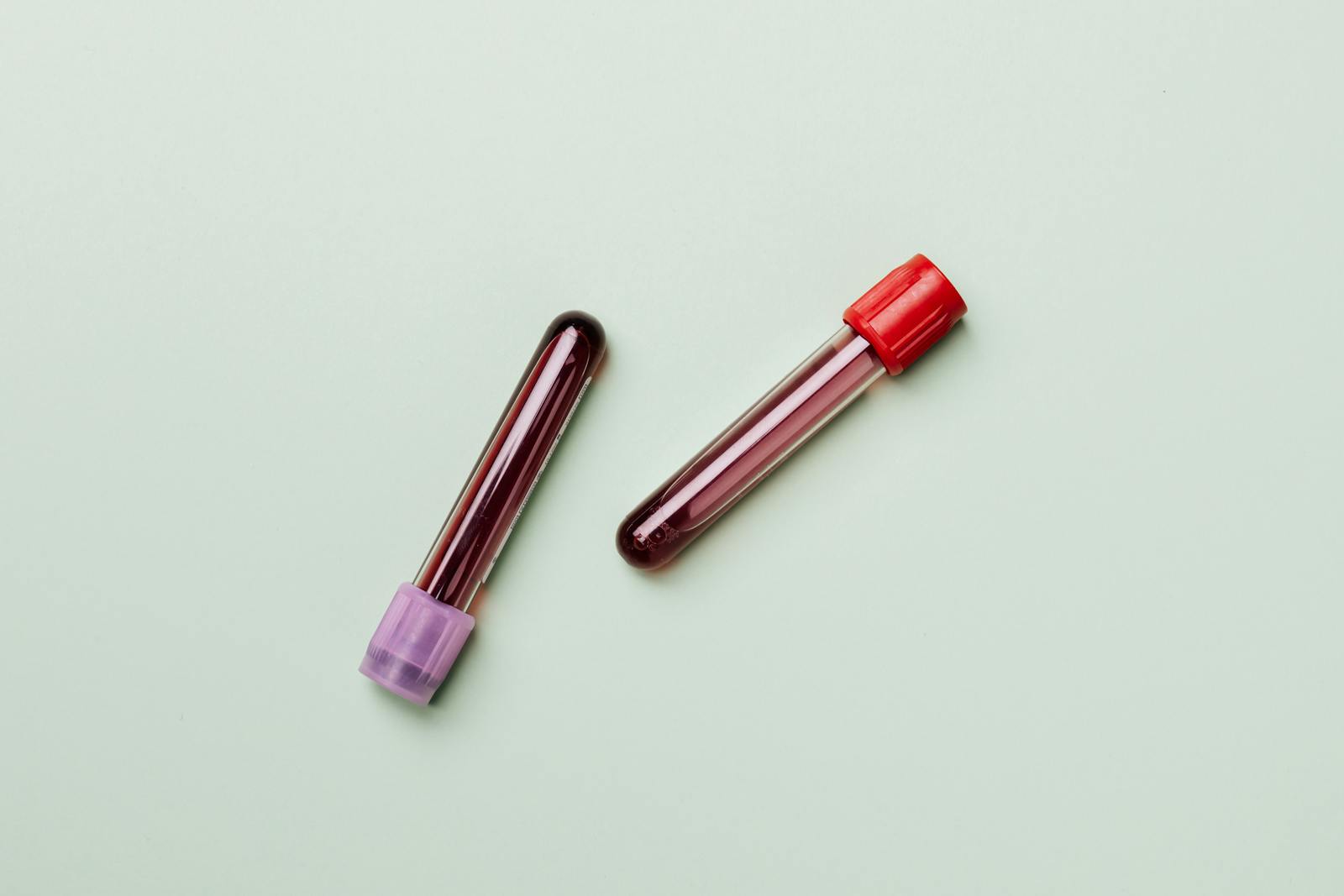Breast augmentation, also known as augmentation mammoplasty, has become an increasingly popular cosmetic procedure for women looking to enhance their breast size and shape. This transformative surgical procedure involves placing breast implants under the breast tissue or chest muscles to achieve a fuller bust, restore volume after weight loss or childbirth, or improve symmetry. Understanding the types of breast implants, the different techniques involved, and the benefits and risks associated with the procedure is essential for those considering this significant commitment.
There are two primary types of breast implants: saline and silicone. Saline implants are filled with sterile salt water, while silicone implants contain a gel that mimics the feel of natural breast tissue. Each type has its pros and cons, and the choice often depends on personal preference, body type, and the recommendation of a qualified plastic surgeon. Silicone implants are known for their natural feel and appearance, while saline implants are adjustable in volume during surgery.
Surgical techniques for breast augmentation can vary. The most common incision sites include the inframammary fold (under the breast), periareolar (around the nipple), and transaxillary (under the arm). Each technique carries its unique advantages and potential complications, making it crucial for patients to discuss their options thoroughly with their healthcare provider.
Many women choose breast augmentation to boost self-esteem, enhance body proportion, or regain pre-pregnancy volume. The psychological benefits can be significant, often leading to improved confidence and satisfaction with one’s appearance. However, as with any surgical procedure, it is vital to be aware of potential risks, such as infection, implant rupture, or capsule contracture, which may require additional interventions.
In conclusion, breast augmentation can be a rewarding option for women looking to make changes to their bodies. With advancements in technology and techniques, results can look extraordinarily natural, allowing women to feel more confident in their skin. However, prospective patients should carefully consider their motivations, do ample research, and consult with a board-certified plastic surgeon to ensure a safe and satisfying experience.













